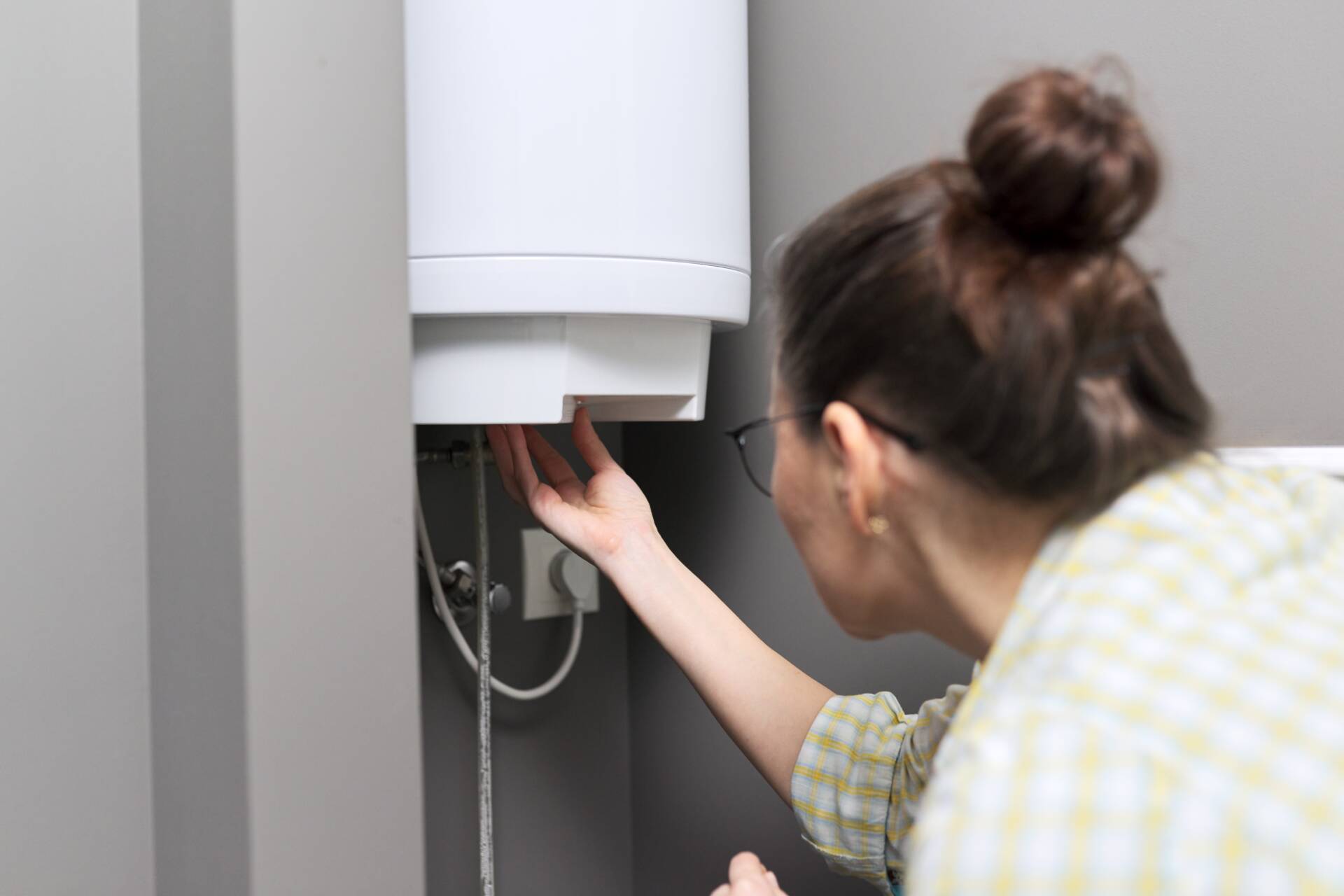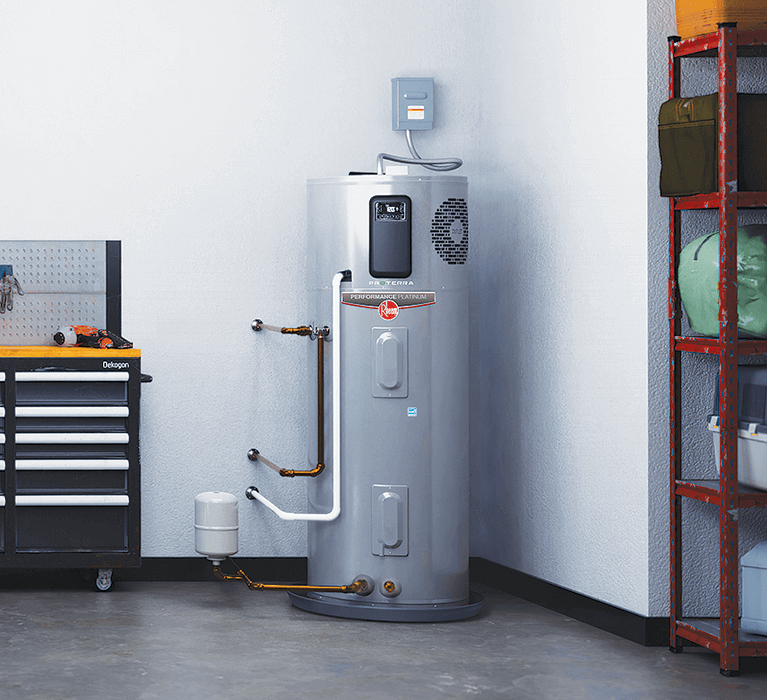Steps to Prolong the Lifespan of Your Home's Hot Water System By MaintenanceStraightforward Methods to Care for Your Home's Hot Water System Properly
Steps to Prolong the Lifespan of Your Home's Hot Water System By MaintenanceStraightforward Methods to Care for Your Home's Hot Water System Properly
Blog Article
Nearly everybody seems to have his or her own way of thinking involving How to Maintain a Hot Water Heater in a Few Simple Steps.

Hot water is necessary for day-to-day comfort, whether it's for a refreshing shower or washing recipes. To ensure your warm water system runs successfully and lasts much longer, routine upkeep is key. This short article offers functional pointers and insights on exactly how to keep your home's hot water system to prevent interruptions and costly repair services.
Introduction
Maintaining your home's warm water system could seem difficult, but with a few straightforward steps, you can ensure it runs efficiently for years to come. This guide covers every little thing from understanding your warm water system to do it yourself upkeep pointers and knowing when to hire expert assistance.
Relevance of Maintaining Your Hot Water System
Routine upkeep not only prolongs the life expectancy of your hot water system however likewise guarantees it runs effectively. Neglecting upkeep can lead to decreased effectiveness, higher power expenses, and also early failing of the system.
Indicators Your Warm Water System Needs Maintenance
Knowing when your hot water system requires focus can protect against major problems. Keep an eye out for indicators such as irregular water temperature level, odd sounds from the heating unit, or corroded water.
Recognizing Your Warm Water System
Prior to diving into maintenance tasks, it's useful to understand the standard elements of your warm water system. Normally, this includes the hot water heater itself, pipelines, anode poles, and temperature controls.
Regular Monthly Maintenance Tasks
Regular monthly checks can aid capture small concerns prior to they escalate.
Flushing the Water Heater
Purging your hot water heater gets rid of sediment buildup, boosting effectiveness and extending its life.
Checking and Replacing Anode Rods
Anode poles protect against rust inside the storage tank. Examining and replacing them when worn out is critical.
Examining and Adjusting Temperature Setups
Changing the temperature setups makes sure optimal efficiency and safety and security.
Do It Yourself Tips for Upkeep
You can execute numerous upkeep jobs on your own to maintain your hot water system in leading problem.
Looking for Leakages
On a regular basis examine pipes and links for leakages, as these can cause water damage and higher bills.
Testing Stress Alleviation Valves
Checking the pressure relief valve guarantees it works correctly and prevents too much stress accumulation.
Protecting Pipes
Protecting hot water pipelines minimizes heat loss and can conserve energy.
When to Call a Specialist
While do it yourself maintenance is valuable, some issues need professional know-how.
Facility Problems Calling For Expert Aid
Instances consist of major leakages, electrical issues, or if your water heater is constantly underperforming.
Routine Expert Maintenance Perks
Professional maintenance can include thorough assessments, tune-ups, and ensuring conformity with safety requirements.
Verdict
Routine maintenance of your home's hot water system is necessary for efficiency, durability, and cost savings. By adhering to these tips and understanding when to look for expert aid, you can guarantee a trusted supply of hot water without unforeseen disturbances.
Water Heater Maintenance: The Basics
Maintaining your water heater will ensure it operates efficiently and has a longer lifespan. Neglecting regular maintenance can lead to costly repairs and an even bigger chunk of your savings if you have to replace it sooner than necessary. But there’s good news: Most water heater maintenance tasks are relatively simple and easy for homeowners with basic DIY skills.
Flush the Water Heater
Over time, sediment and minerals can build up in the tank, reducing its efficiency and potentially causing damage. To flush the tank, turn off the power or gas supply, attach a hose to the drain valve near the bottom and open the valve to drain the water until it runs clear. Ideally, flush the tank annually.
Replace the Anode Rod
The anode rod is a sacrificial metal rod that helps prevent corrosion inside the tank. Inspect and replace it every three to five years or per the manufacturer's recommendation. To replace the anode rod, turn off the power or gas supply, drain a few gallons of water from the tank, unscrew the old rod and replace it with a new one. If the anode rod is significantly corroded or covered in calcium buildup, it's a sign the water heater may need to be replaced soon.
Tune-Up
A yearly tune-up can help identify potential issues and ensure your water heater operates at peak efficiency. This typically involves checking the thermostat, burner assembly (for gas heaters) and any other components specified by the manufacturer. During a tune-up, the technician may also clean the burner and adjust the pilot light (for gas heaters) or examine the heating elements (for electric heaters).
How to Maintain Your Water Heater
Insulate the tank. Insulating the tank can improve energy efficiency and reduce heat loss, saving you money on energy bills. You can purchase precut insulation blankets designed specifically for water heaters or use standard fiberglass insulation wrapped securely around the tank. Check the temperature. The recommended water temperature for most households is around 120 degrees Fahrenheit (49 degrees Celsius). Higher temperatures can increase energy costs and potentially cause scalding. Use a kitchen thermometer to check the temperature at the faucet nearest the water heater. Monitor water pressure. Excessive water pressure can strain the water heater and cause leaks or even tank failure. Install a pressure-reducing valve if necessary. The ideal water pressure range is between 60 and 70 PSI (pounds per square inch). Test the temperature and pressure (T&P) relief valve. The T&P relief valve is a safety feature that releases pressure if the tank gets too hot or the pressure builds up too high. Test it annually by lifting the lever and allowing a small amount of water to release. Replace the valve if it doesn't release water or reseal properly. Check for leaks. Regularly inspect the tank, pipes and fittings for leaks or corrosion. Deal with issues promptly to prevent further damage. Even a small leak can lead to significant water damage over time. Consider a tankless water heater. If your traditional tank-style water heater is nearing the end of its lifespan ( typically 10 years), consider replacing it with a tankless water heater. These units heat water on demand, reducing standby energy losses and potentially saving you money on your energy bills. Schedule professional maintenance. While homeowners can perform many water heater maintenance tasks, it's still a good idea to schedule professional maintenance every few years. A plumber or HVAC technician can thoroughly inspect the unit, identify potential issues and ensure it operates safely and efficiently. https://www.homeserve.com/en-us/blog/home-improvement/hot-water-heater-maintanence/

We are very occupied with How to Maintain Your Water Heater & Prolong its Life and I'm hoping you enjoyed reading the new post. Sharing is nice. You never know, you will be helping someone out. We cherish your readership.
Click Here Report this page